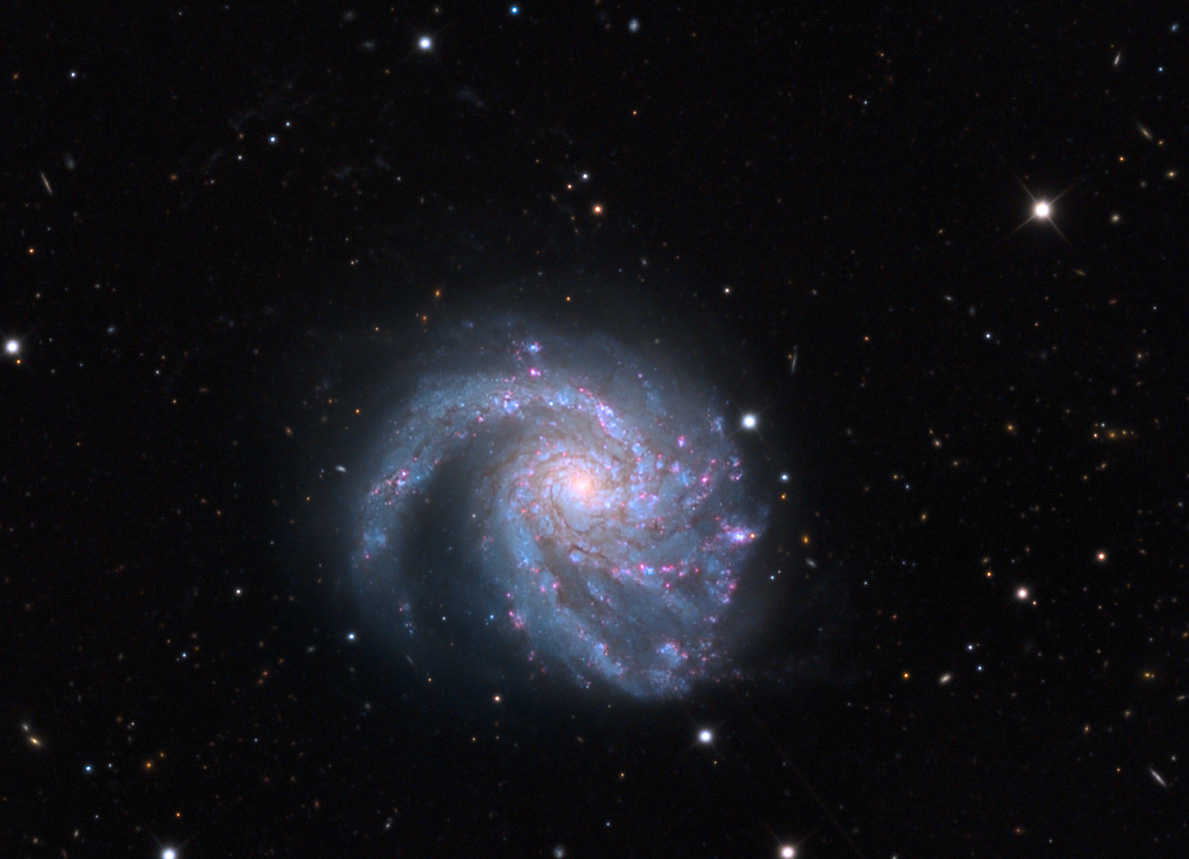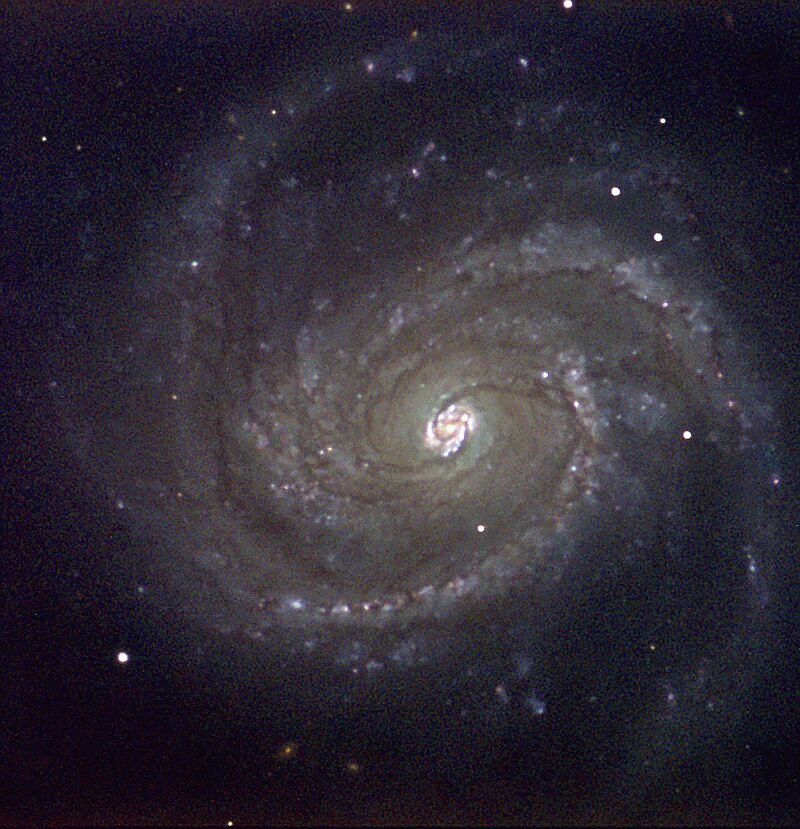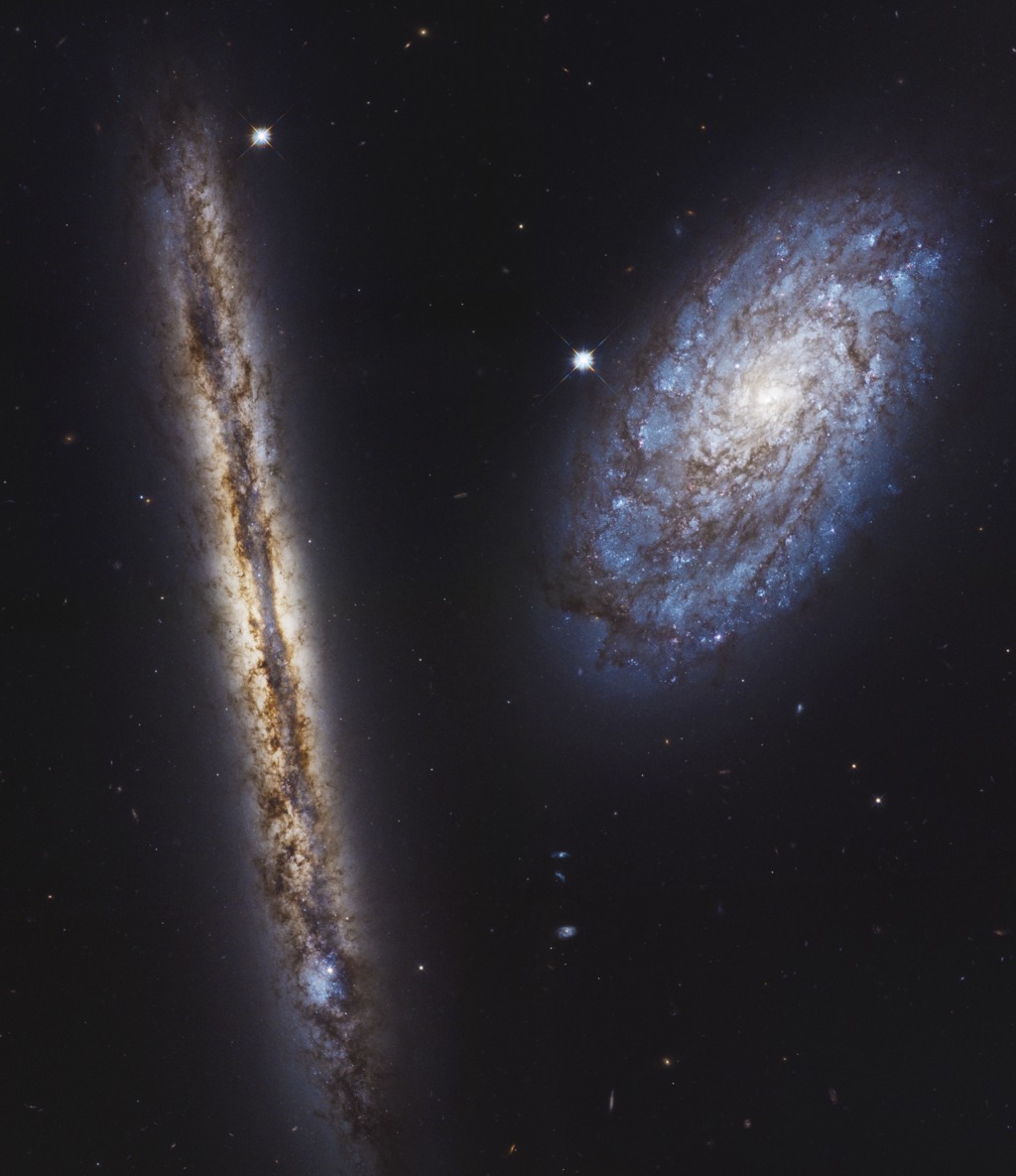Chris Peterson wrote: ↑Thu Jun 24, 2021 11:41 pm
johnnydeep wrote: ↑Thu Jun 24, 2021 11:11 pm
orin stepanek wrote: ↑Thu Jun 24, 2021 11:01 pm
M99_LeoShatz_cropped.jpg
I love the photo; it is beautiful; as are most galaxies!

I love the
fact that
you can pick out individual stars in a galaxy 50 million light
years away; let alone a (maybe intermediate nova)! Here's to you M99!
Is that really true? This galaxy is 20 times more distant than Andromeda. And for that matter, can we even see individual stars - that are
not novas - in Andromeda?
EDIT: I mean seeing individual stars with telescopes of course, not with the naked eye.
Yes. We can see individual stars in galaxies at least tens of millions of light years away. (The most distant Cepheid is in M100, at 56 Mly.) It just requires a bright star in a low density region, which describes the edges of arms in many galaxies.
I'm amazed! So how far away would a star with the absolute brightness of our Sun have to move to escape detection with our best telescopes?
I know that an apparent magnitude increase of 1 corresponds to a brightness decrease of 2.512 (=100
1/5), and an apparent magnitude increase of 5 is a brightness decrease of 100 (=100
5*1/5). This also means that since if the Sun was moved 10 times farther away, it would appear 100 times dimmer, its apparent magnitude would increase by 5. Now, 1 light year = 63240 AU, and if the Sun was moved 1 ly away it would appear 4e9 times dimmer (=63240
2), which is close to an apparent magnitude increase of 24 (2.512
24=4e9)...etc.
The apparent magnitude of the Sun is -26.74 so if was moved 1 ly away it would have an apparent magnitude of -26.74 + 24 = -2.74.
And in general, a difference in apparent magnitude m2 − m1 = −2.5 * log
10(B), where B is the change in brightness.
So, if the Sun was moved 10 Mly away, that would be 1e7 * 63240 = 6.324e11 times as far, which would make it 4e23 times dimmer. Plugging that in as B in the formula gives an apparent magnitude increase of about 59.3, so it's new apparent magnitude at 10 Mly would be -26.74 + 59.3 = 32.5. Could we detect it?
[ EDIT: my math might be suspect... ]
 Messier 99
Messier 99






